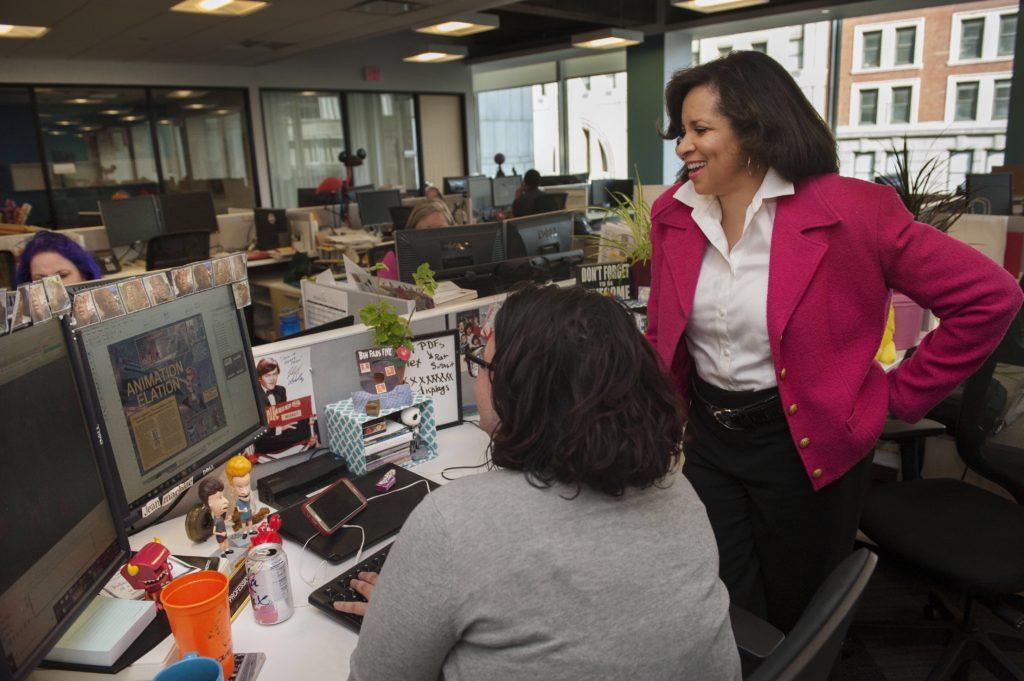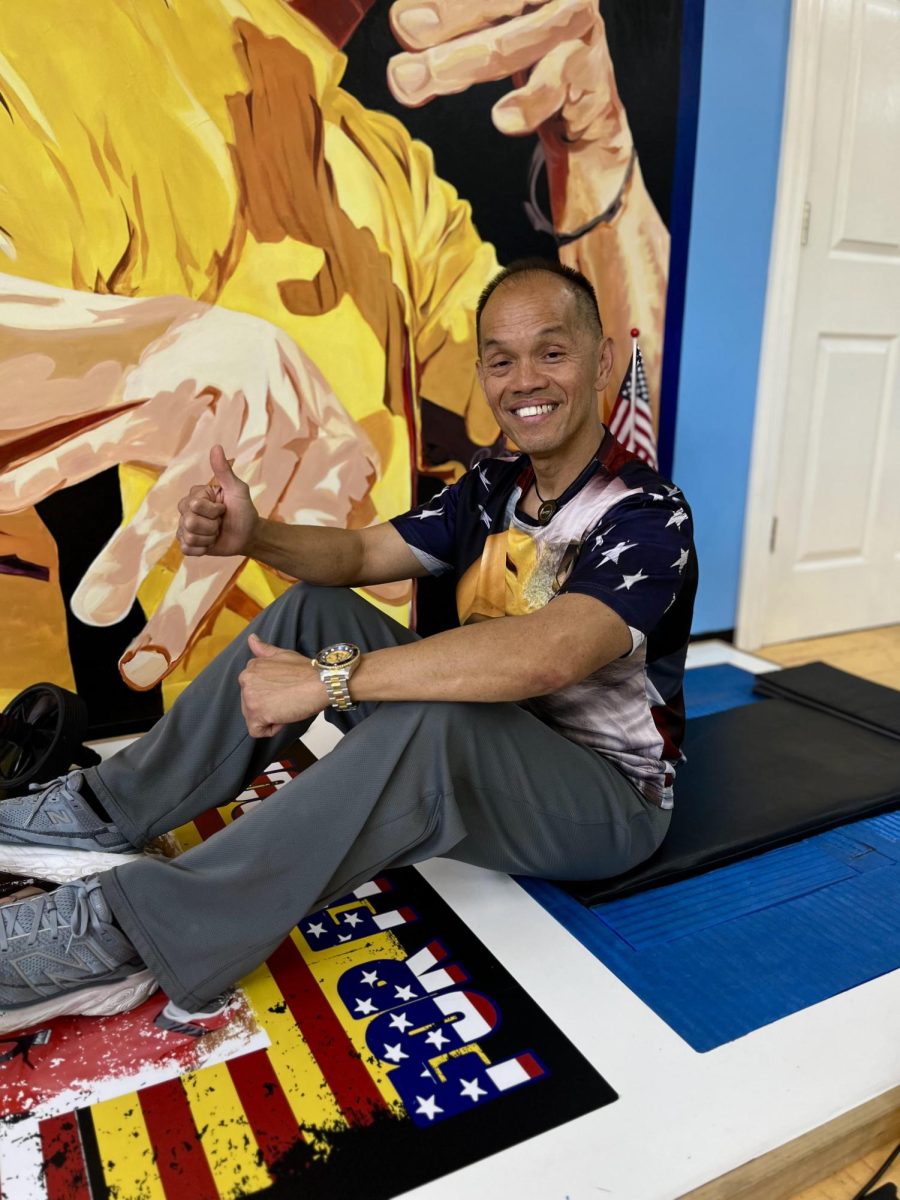Cady Stribling
Features Editor
cstribling1@murraystate.edu
Distinguished alumni deserve recognition for their prominent accomplishments, like Felecia Dixon Henderson, graduate of 1983, who went on to become the first Table Stakes coordinator for the Maynard Institute.
The Maynard Institute, located in Emeryville, California, is a nonprofit organization that helps train and place minority journalists in newsrooms across the country.
“My role as Table Stakes coordinator is to help news organizations incorporate diversity, equity and inclusion into their performance challenges and into coverage of their communities,” Henderson said.
The term table stakes is used in poker, Henderson said, and means the amount required to have a seat at the table.
“Today, the institute has the Maynard 200 program that helps journalists, producers, managers and journalism entrepreneurs of color,” Henderson said. “The goal is to expand the diversity pipeline by training 200 diverse storytellers in the next five years.”
Henderson graduated from Murray State with a double major in radio-tv and journalism, then attended the former Editing Program for Minority Journalists at the University of Arizona in 1987.
“My attendance in that program led to my career as a copy editor, which in turn led me to become an assigning editor, features department head and eventually assistant managing editor,” Henderson said.
After receiving her master’s degree in organization development in 2017, she wanted a career that would combine this with journalism. She found herself doing just that as the Table Stakes Coordinator in January 2020.
Henderson has seen the ebb and flow of diversity coverage and inclusion efforts in newsrooms over her 35-year career.
“After I graduated from Murray State in 1983, I saw the efforts newsrooms, large and small, made to hire more women and people of color,” Henderson said. “With those hires, news organizations began to reflect the communities in which they were located, and stories that were published began to reflect the diversity, too.”
However, diversity efforts took a major hit in the late 2000s when news organizations began to layoff staff and offer buyouts, Henderson said.
“Many of those impacted were people of color,” Henderson said. “You also began to see the lack of diversity in news pages.”
Henderson said her position as Table Stakes coordinator is critical to helping newsroom personnel in order to find ways to better reflect the makeup of their communities in order to avoid stereotypes.
The way she does this is by travelling to newsrooms across the country to lead diversity trainings. In these training sessions, Henderson asks editors questions to make them think about coverage decisions and presents alternative approaches.
“I find newsroom leaders want to do right by the community,” Henderson said. “Oftentimes, they just don’t know where to start because everyone at the decision-making table is like-minded.”
She said this is why diversity of thought and life experience is so critical when covering the news.
Henderson advises people aspiring in their careers to seek professional mentors since they will give you honest feedback and insight on possible opportunities.
“Be willing to learn from others who are not of the same race, gender, sexual orientation, religion or ethnicity as yourself,” Henderson said. “It will broaden your perspective of the world, which in turn will help you better report or edit stories.”
She suggests for aspiring journalists to connect to their local Society of Professional Journalists chapter because they are always willing to help student journalists succeed.
Henderson said there are four organizations accessible specifically for journalists of color: the National Association of Black Journalists, the National Association of Hispanic Journalists, Asian American Journalists Association and the Native American Journalists Association.




























































































